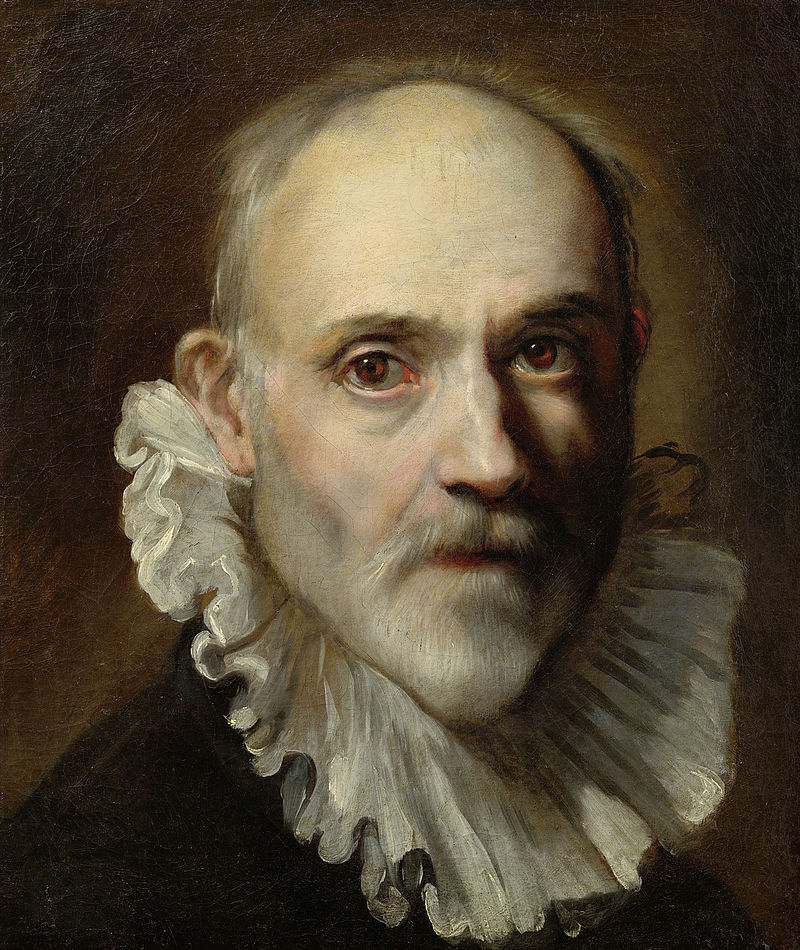Federico Barocci (1535 (?) - 1612)
This artist from Urbino is considered one of the pioneers of Italian Baroque in the last third of the 16th century. Barocci came from a family of artists. His development was determined by the years he spent at the Papal Court in Rome in the 1550s. In the 1570s, under the defining influence of the classicistic ideal of Raphael (1483–1520) and the subtly expressive, light touch of Antonio da Correggio (1489–1534), he painted altar- pieces of complex composition and an exuberant wealth of figures and movement, anticipating much of 17th century baroque art. Among his most famous works are the Madonna del Popolo for the confraternity of S. Maria della Misericordia in the Pieve of Arezzo (1574–1579) – today the Galleria degli Uffizi in Florence (inv. no. 751). The stylistic attribution of numerous works is still disputed: Barocci’s œuvre shows elements of the late Renaissance, Mannerism and early Baroque.
Author: Habersatter Thomas
Literature: DUCKE Astrid, HABERSATTER Thomas, OEHRING Erika: Masterworks. Residenzgalerie Salzburg. Salzburg 2015, S. 10

